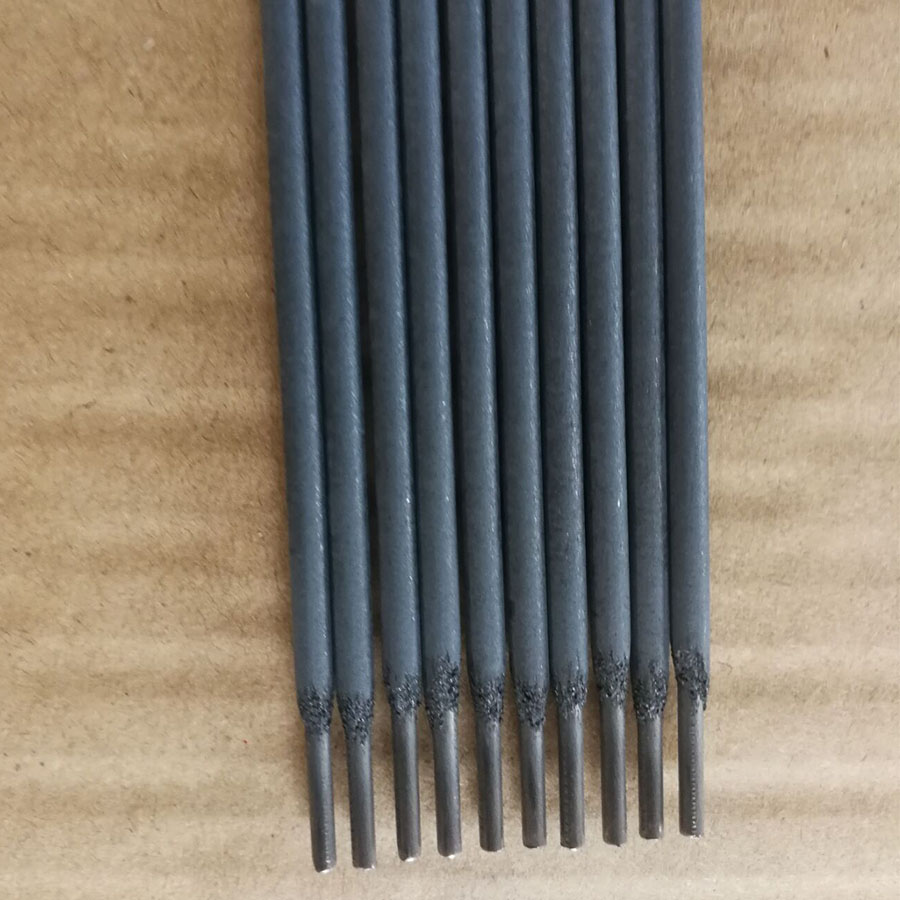3.2mm Welding Rods for Stronger Joints and Enhanced Performance in Metal Fabrication
Understanding Welding Rods A Focus on 3.2mm Welding Rods
Welding is a fundamental process in the metalworking industry, allowing for the joining of two or more materials through the application of heat, pressure, or both. One of the essential components in various welding processes is the welding rod, which plays a crucial role in ensuring a successful weld. Among the various sizes available, 3.2mm welding rods are particularly popular due to their versatility and effectiveness in a wide range of applications.
Understanding Welding Rods A Focus on 3
.2mm Welding RodsOne of the key advantages of 3.2mm welding rods is their ability to suit different welding positions. Whether the project involves flat, horizontal, vertical, or overhead welding, these rods offer a degree of flexibility that makes them a preferred choice for many welders. Moreover, 3.2mm rods are compatible with both mild steel and stainless steel, enabling their use in various industries, including automotive, construction, and manufacturing.
welding rod 3.2

When selecting a welding rod, understanding the material properties is vital. Welding rods come with different coatings and compositions tailored to specific welding processes. For instance, the E6013 and E7018 are two common types associated with 3.2mm welding rods. The E6013 is known for its ease of use, producing a smooth arc and minimal spatter, making it an excellent choice for beginners. On the other hand, the E7018 rod is favored for its high strength and excellent weld quality, particularly in structural applications.
In addition to their material properties, the choice of 3.2mm welding rods can significantly affect the overall quality of the weld. Factors such as the voltage and amperage settings on the welding machine, the angle of the electrode, and the travel speed all contribute to the final outcome. Proper technique is essential to avoid defects such as lack of fusion, porosity, or excessive spatter, which can undermine the strength and durability of the weld.
Another important aspect to consider is the preparation and storage of welding rods. These rods must be kept dry and free from contaminants to ensure optimal performance. Moisture ingress can lead to hydrogen embrittlement, which negatively affects the mechanical properties of the weld. Therefore, welders should take care to store the rods in a controlled environment and use them promptly after opening to maintain their integrity.
In conclusion, 3.2mm welding rods are a vital component in the welding process, offering versatility across various applications and materials. Their compatibility with different welding techniques, along with their manageable size, makes them a preferred option for both novice and experienced welders alike. By understanding the types and properties of these rods and practicing proper welding techniques, practitioners can ensure high-quality welds that meet the demanding standards of today’s industrial landscape. Whether you’re working on small repairs or larger fabrication projects, investing in quality 3.2mm welding rods is crucial to achieving the best results.
-
J422 Welding Rod: Durable Electrodes for Strong WeldsNewsAug.01,2025
-
AWS E7024 Arc Welding Electrodes: High-Efficiency & Easy UseNewsJul.31,2025
-
AWS E7018 Welding Rod: Low Hydrogen ElectrodesNewsJul.31,2025
-
Arc Welding Electrodes AWS E7024 – High Deposition, Smooth FinishNewsJul.30,2025
-
E7016 Welding Rods for Smooth, Low Hydrogen Welding PerformanceNewsJul.29,2025
-
E7016 Welding Rods for High Strength & Low Hydrogen WeldingNewsJul.29,2025


